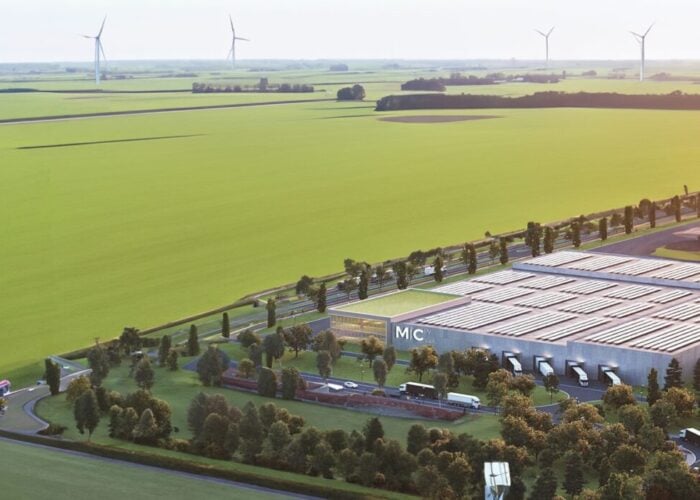Thin-film module manufacturer Solar Frontier claims to have broken the world record for CZTS cell efficiency, reaching 12.6%.
The new conversion efficiency rating of 12.6% for 0.42cm² copper zinc tin sulphur and selenium (CZTS) solar cells, was reached with joint research from technology development companies IBM and Tokyo Ohka Kogyo.
Try Premium for just $1
- Full premium access for the first month at only $1
- Converts to an annual rate after 30 days unless cancelled
- Cancel anytime during the trial period
Premium Benefits
- Expert industry analysis and interviews
- Digital access to PV Tech Power journal
- Exclusive event discounts
Or get the full Premium subscription right away
Or continue reading this article for free
The result was independently verified by photonics technology supplier, Newport Corporation and published in the Advanced Energy Material journal on 27 November.
It is claimed the difference in using CZTS reduces manufacturing costs with better energy harvesting than c-Si cells and lower yield losses during module assembly.
“Breaking our previous record at such a fast pace shows the potential of CZTS for mass production in the future, and we are now in a position to drive that efficiency even higher,” said Satoru Kuriyagawa, chief technology officer of Solar Frontier.
Solar Frontier gave no further details on plans for commercial roll-out of the technology.
Solar Frontier’s previous record for a CZTS cell was 11.1% efficiency; Solar Frontier has also achieved 17.8% efficiency on a 30cm by 30cm CIS sub-module and 19.7% for a non-cadmium CIS cell.
Solar Frontier commercially offers CIS cells at 13.8% efficiency. Solar Frontier and IBM began collaborating on CZTS in 2010.
Also advancing CZTS technology, in July this year imec and Solliance demonstrated a CZTS-based thin-film solar cell (1x1cm2, AM1.5G) with 9.7% efficiency.






